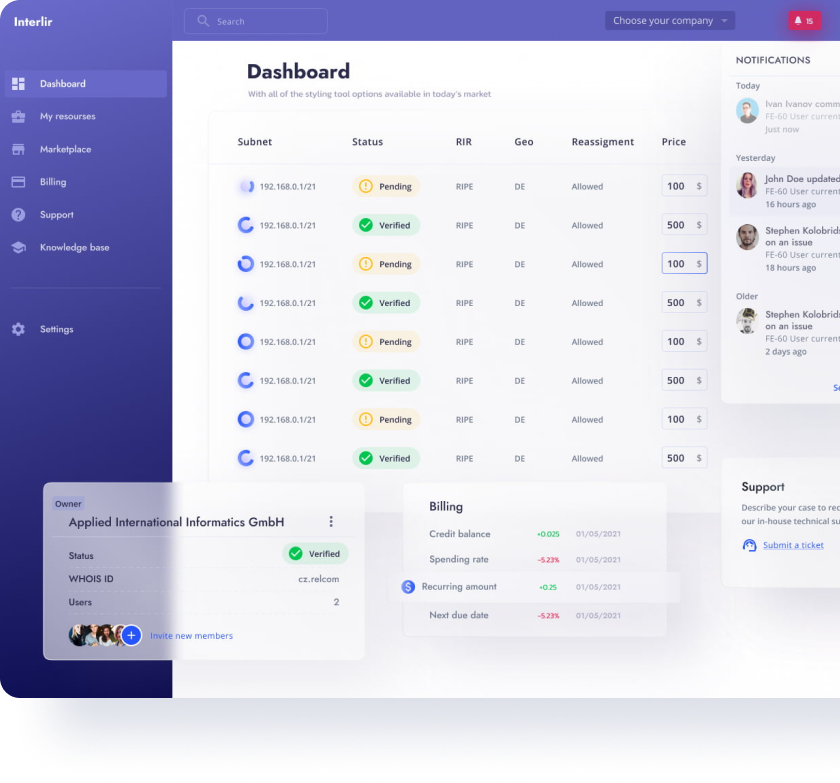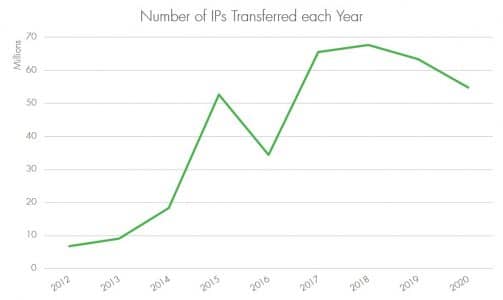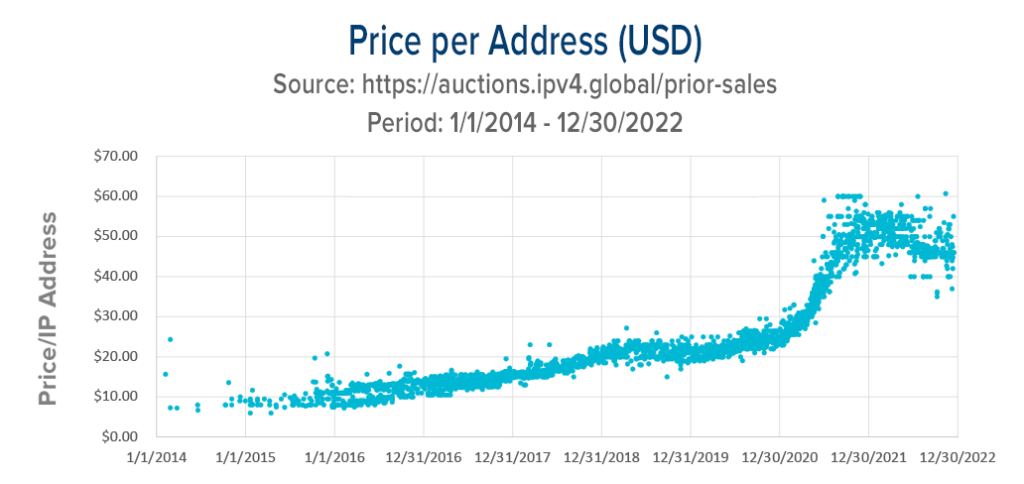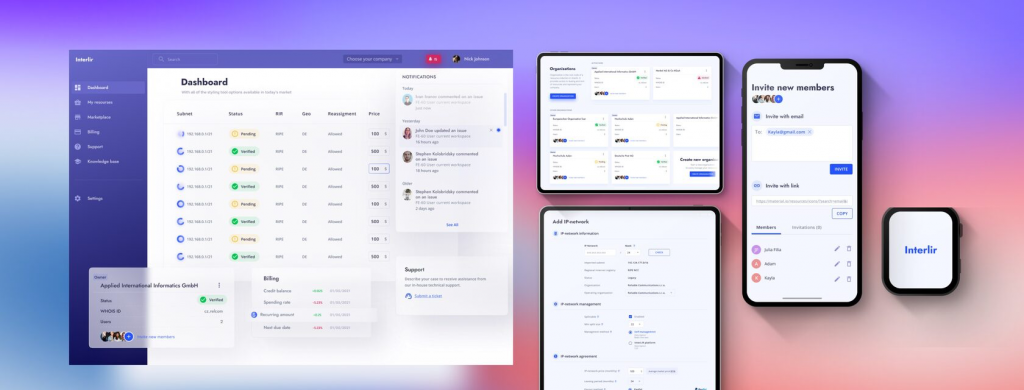Introduction
In today’s digital landscape, safeguarding network security is of utmost importance. One effective approach to combat threats is the use of IP blocklists. This comprehensive guide aims to provide detailed insights into IP blocklists, including their types, operational mechanisms, advantages, and disadvantages. Furthermore, we will offer guidance on choosing the most suitable blocklist and effectively implementing it.
Categories of IP Blocklists
IP blocklists can be classified into three primary categories:
Public IP Blocklists
These blocklists are openly accessible and typically maintained by security organizations, ISPs, or cybersecurity researchers. They contain known malicious IP addresses and are regularly updated.
Private IP Blocklists
Organizations create and maintain private IP blocklists tailored to their specific security requirements. These blocklists often include addresses flagged as potential threats within the organization’s network.
Commercial IP Blocklists
Cybersecurity companies offer commercial blocklists that provide advanced security features, including comprehensive threat intelligence and regular updates. While these blocklists may require a subscription fee, they offer a higher level of protection.
Functionality of IP Blocklists
IP Blocklists operate by preventing communication between an organization’s network and potentially harmful IP addresses. Here is a step-by-step explanation of their functionality:
Implementation: Blocklists are integrated into the organization’s security infrastructure, such as firewalls, intrusion prevention systems (IPS), or security gateways.
Verification: When an incoming request or connection attempt is made, the security system checks the originating IP address against the blocklist.
Blocking or Allowing: If the IP address is found in the blocklist, the connection is denied, and the attempt is logged for future analysis. If the IP address is not listed, the connection proceeds to the next stage of the security process.
Benefits of Using IP Blocklists
IP blocklists offer several advantages, including:
Enhanced Network Security: By blocking known malicious IP addresses, blocklists significantly reduce the risk of cyber threats such as DDoS attacks, malware, and phishing.
Reduced Spam: Blocking IP addresses associated with spam helps minimize unwanted emails and maintain a cleaner inbox.
Improved Network Performance: Blocking unwanted traffic from malicious IP addresses can enhance network performance by freeing up bandwidth and reducing unnecessary load on network resources.
Proactive Defense Mechanism: IP blocklists provide a proactive defense against cyber threats by preventing communication with known malicious sources, rather than relying solely on reactive measures after an attack has occurred.
Drawbacks of IP Blocklists
Despite their advantages, IP Blocklists also have some drawbacks:
False Positives: Legitimate IP addresses may be mistakenly included in a blocklist, leading to unintended blocking of valid traffic.
Dynamic IP Addresses: Attackers can use dynamic IP addresses to bypass blocklists by frequently changing their IP addresses, making the blocklist less effective.
Maintenance and Updates: Keeping blocklists up-to-date and accurate requires regular maintenance, which can be time-consuming and resource-intensive.
Selecting the Appropriate IP Blocklist
Choosing the right IP blocklist depends on an organization’s specific needs and available resources.
Consider the following factors when selecting an IP blocklist:
Coverage: Ensure that the blocklist covers a wide range of malicious IP addresses associated with spam, malware, and DDoS attacks.
Update Frequency: Choose a blocklist that receives frequent updates to stay current with the latest threats.
Reputation: Consider the reputation of the blocklist provider and their track record in the cybersecurity industry.
Cost: Evaluate the cost of the blocklist, including subscription fees.
Implementing an IP Blocklist
Follow these steps when implementing an IP blocklist:
Select an appropriate IP blocklist that aligns with your organization’s needs and available resources.
Incorporate the blocklist into your security infrastructure, including firewalls, intrusion prevention systems, or security gateways.
Configure your security system to utilize the blocklist in order to filter incoming traffic effectively.
Verify the implementation through comprehensive testing to ensure it operates correctly without interfering with legitimate traffic.
Continuously monitor the system to detect any possible problems and uphold the blocklist’s effectiveness.
Monitoring and updating IP blocklists
Regular monitoring and updating of IP blocklists are crucial to maintaining their effectiveness. Here are some best practices for managing IP blocklists:
Keep the blocklist regularly updated to stay current with evolving threats and maintain its effectiveness.
Monitor security system logs to detect any false positives or potential issues caused by the blocklist implementation.
Fine-tune the configuration of the security system to minimize false positives and maximize performance.
Stay well-informed about the latest cybersecurity threats and trends to ensure the blocklist remains relevant and effective.
Conclusion
IP blocklists play a critical role in strengthening network security and safeguarding against cyber threats. By gaining knowledge about various blocklist types, their functioning, and their pros and cons, you can make informed choices for selecting the appropriate blocklist for your organization. To establish and sustain an efficient IP blocklist, continuous monitoring and updates are necessary to ensure ongoing network security against evolving cyber risks.












